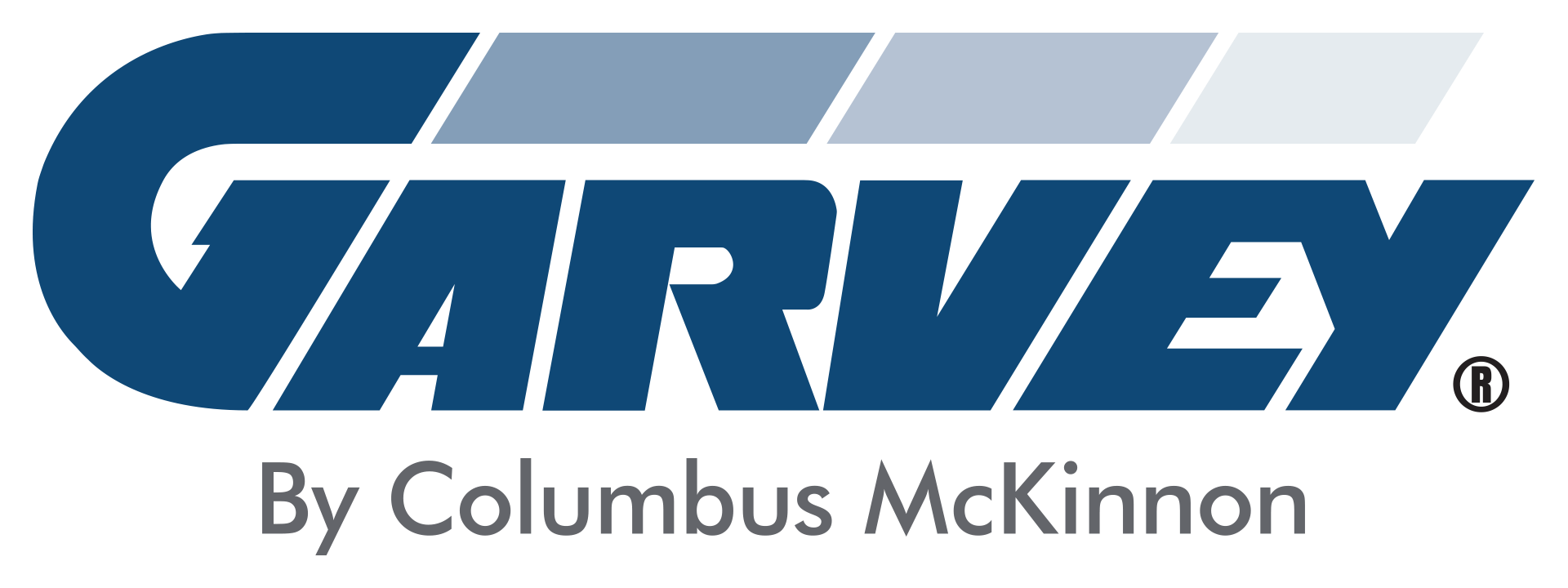Implementing Lean Manufacturing in your organization can be overwhelming at first, especially when you encounter resistance from the existing culture. Like any new philosophy, Lean takes time to get used to, and some may be unconvinced initially. They may even make you aware of all the reasons why it will not succeed.
We combat this type of resistance by letting everyone know that we’ve heard the most common excuses like, “We tried that years ago,” “We don’t do things that way here,” and “…but those companies aren’t like ours.” These adverse reactions can eventually change to sincere interest with patience and a proven method.
First, we’ll dig into what Lean Manufacturing is and how we incorporate its principles into our approach to production. Then, we’ll discuss how to implement Lean Manufacturing slowly to gain wider organizational acceptance.
What is Lean Manufacturing?
As the name suggests, Lean Manufacturing is a set of management practices that aims to improve productivity by eliminating waste. Waste is defined in Lean Manufacturing as the performance of unnecessary work due to errors, poor organization, or communication.
According to ASQ, there are eight wastes of lean in Lean Manufacturing:
- Defects
- Overproduction
- Waiting
- Non-utilized talent
- Transportation
- Inventory
- Motion
- Extra-processing
An easy way to remember the eight wastes of lean is to think of the acronym DOWNTIME. If you’re like us, downtime is on your mind most of the time, anyway.
When Lean Manufacturing is implemented effectively, and there is buy-in from everyone within the organization, it could lead to a series of benefits, including enhancing customer satisfaction, improving product quality, reducing time to complete core tasks, and increasing revenue.
Does accumulation fit Lean Manufacturing principles?
Some of these Lean principles may sound familiar if you have read our blog posts or met us at a conference. We often use the term Lean Accumulation when describing our production approach.
When there are stoppages on the line because of a bottleneck, it hurts efficiency and makes it more challenging to achieve your production goals. Accumulation can often increase throughput and eliminate manual processes and tasks.
But there can be too much of a good thing, even with accumulation. If you have too many accumulation systems on your line, you are likely wasting resources that can best be used elsewhere. It’s also possible to have accumulation systems in the wrong place on the line or even to have the wrong types of accumulators.
We are always consulting and will help you determine if you need accumulation on your line. If you don’t, we may still be able to offer recommendations to increase your efficiency and reduce waste. Schedule a line analysis today to learn more.
How Garvey uses the Hawthorne Technique to slowly “lean” into Lean
Our method of beginning the transformation to Lean takes advantage of the Hawthorne Effect. The Hawthorne Effect is a phenomenon where people change their work habits when they know their performance is being measured.
So, instead of attempting to make the entire company Lean, we focus the Lean effort on one small area or department.
The more disorganized and inefficient this department is, the better this method works.
- We start by administering a 5S methodology to clean and organize the area.
- Immediate efficiency gains will be seen because less time is wasted simply looking for things.
- Once the 5S system is established, more ideas will begin to flow from team members.
- Lean will give the employees a voice, and their plans can be implemented to make additional improvements to efficiency.
- As performance metrics improve and highlight the Lean team’s success to the rest of the organization, buy-in should continue to grow within the team.
- Additional Lean tools can then be utilized to reduce waste further and complete the conversation from a troubled department to a continuously improving team.
Soon, stakeholders from other departments within the organization may start showing interest in Lean when they see this turnaround.
When you reach this Lean tipping point, be prepared to create a Lean team with the principal members of each department to promote sharing ideas and experiences. Resistance to change can be strong, but the improved culture and efficiency gains will make it well worth the effort.
Your Garvey team will always be here to support your efforts to incorporate Lean and increase your throughput. Let us know how we can help.




